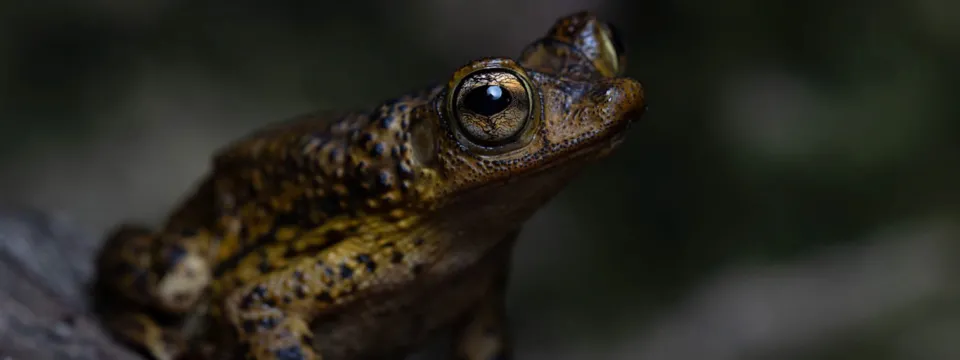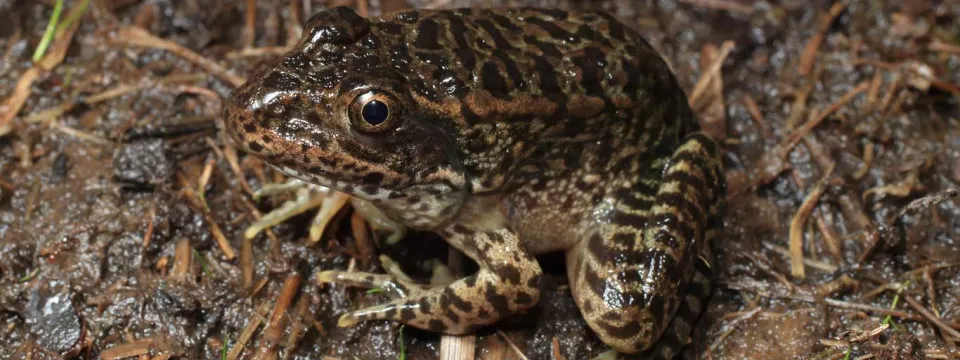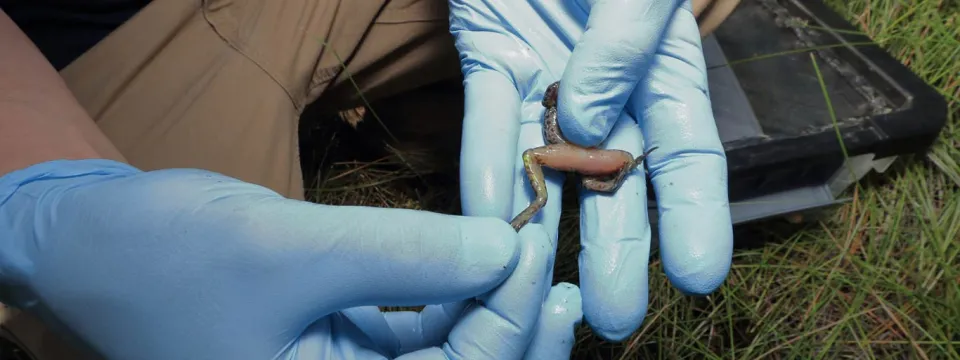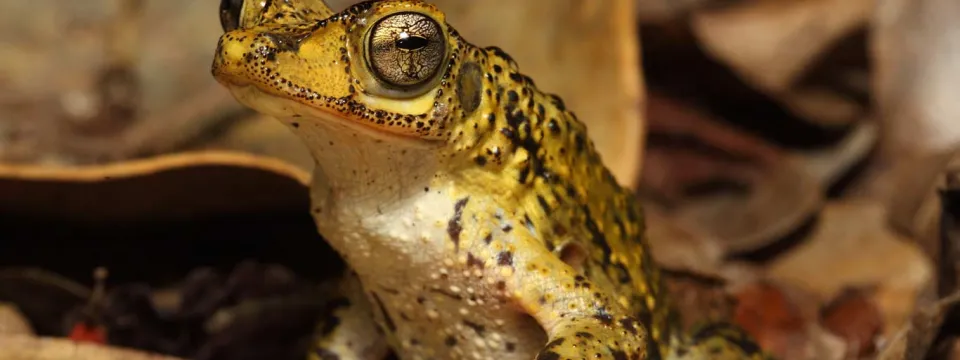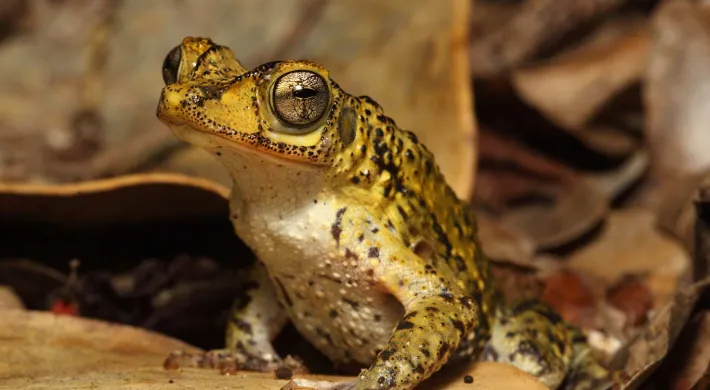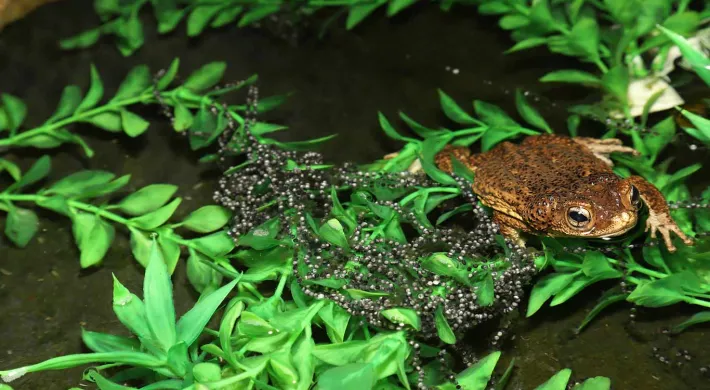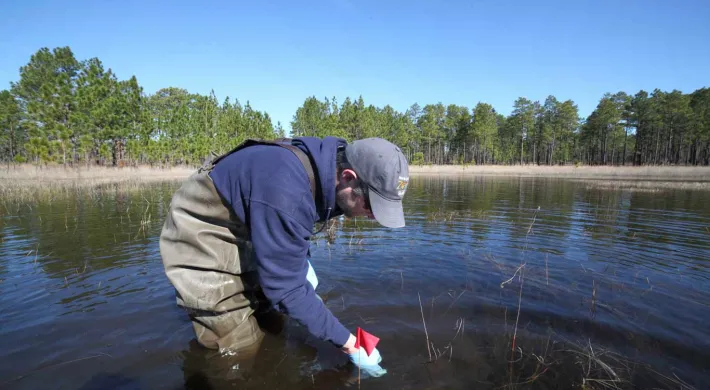Written by Dustin Smith, Curator – Reptiles, Amphibians, Fish, & Invertebrates, North Carolina Zoo
2020 was an odd and difficult year for us all. Not only were the Zoo's attendance and finances drastically impacted, but so were our conservation programs. While we spent much of our time utilizing Zoom and Teams meetings working with our partners and ensuring there were no gaps in programs, there was little time spent conducting our usual field activities. However, there was some great news to report from that crazy year; our amphibian conservation programs had some huge successes!
Each year, North Carolina Zoo releases thousands of amphibians threatened with extinction back into the wild. This happens right here in our backyard, as well as in the Caribbean. There is a lot of effort that goes into these projects by Zoo staff and our great partners. But, the work doesn't stop once these endangered species have been released. It's an ongoing process that takes many years of work to be considered a success.
Gopher Frogs
Since 2016, the North Carolina Zoo has helped the North Carolina Wildlife Resources Commission (NCWRC) with a headstarting program for the Gopher Frog.
This state endangered species only inhabits healthy ephemeral wetlands in pristine longleaf pine habitats, and we are focused primarily on the Sandhills Gamelands.
Pictured Above: Headstarted Gopher Frog
Following their breeding events each winter, NCWRC staff collect portions of the egg mass to bring to the Zoo to be hatched and reared before releasing them back into the wild, giving the species a better chance at survival. 2020 was no different, as we raised and released almost 300 juvenile frogs, aka froglets! That brings our grand total to 1,093 froglets released in the past 4 years. Every frog released has also been marked, so when we eventually encounter them again, we will know what year they were released, providing valuable natural history information.
Pictured Above: Gopher Frog
This work will continue indefinitely, as our goal is to increase the overall population and expand the number of populations and where the frogs exist. With only approximately seven populations in North Carolina, that's not sustainable for their long-term existence.
Our next steps for this program have already begun.
Puerto Rican Crested Toads
Although the island of Puerto Rico is known for a loud and boisterous frog called the Coqui, a small toad also calls the island home. The Puerto Rican Crested Toad is endemic to the island of Puerto Rico (found nowhere else in the world). Still, most people don't even know it exists because of its secretive nature and extremely small population size. It's also overshadowed by the much larger and invasive Marine (Cane) toad.
Pictured Above: Male Puerto Rican Crested Toad
The North Carolina Zoo has been breeding the Puerto Rican Crested Toad for release since 2015, and we were one of only two zoos to breed and release this species in 2020 due to Covid-19 related logistical issues. Our swamp keepers manage our 40 plus Puerto Rican Crested Toads and follow a strict quarantine and breeding protocol each year to stimulate the toads to reproduce. After this happens, the eggs hatch in just one day, and after about two weeks of raising the tadpoles, we ship them down to the warmth of the Caribbean.
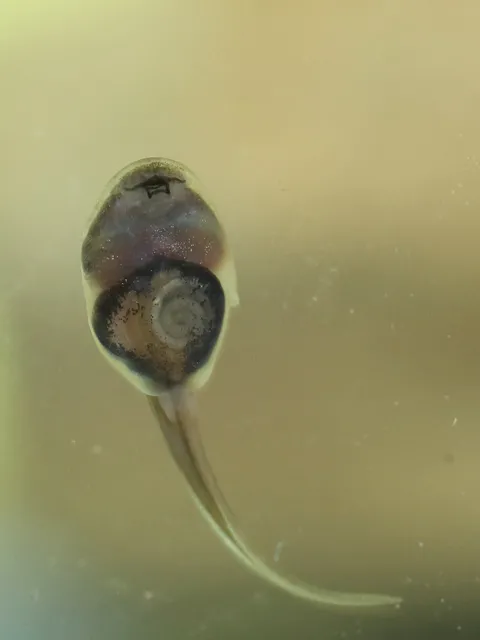
Puerto Rican Crested Tadpole
Upon arrival, our partners with the United States Fish and Wildlife Service and the Puerto Rican Department of Natural Resources will transport the boxes to the release ponds. After spending time acclimating to their new pond, they will be closely monitored for the next couple of weeks before they metamorphose into small toads, aka toadlets! But, the work is not done there! Our partners will continue to monitor the sites to ensure the toadlets are actively foraging, hiding, and dispersing.
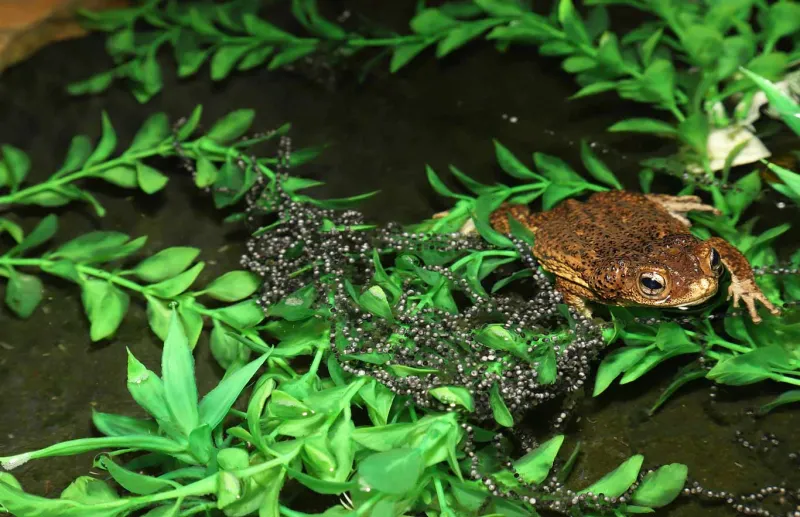
Puerto Rican Crested Toad
To date, we have released more than 2,000 tadpoles in Puerto Rico and are already planning to repeat this (and our gopher frog work) in 2021. We are already planning some interesting projects both in Puerto Rico and in the Sandhills that will help us understand these rare species and give us insight into how we can improve our efforts. But, you'll have to wait until next time to hear about these great, upcoming projects.

